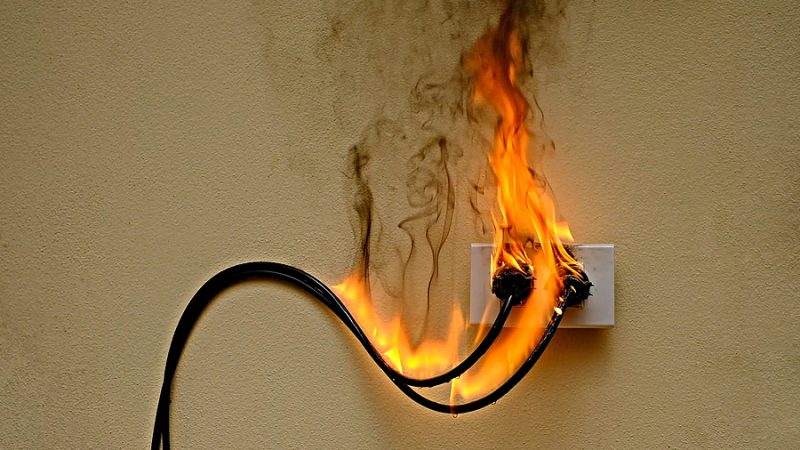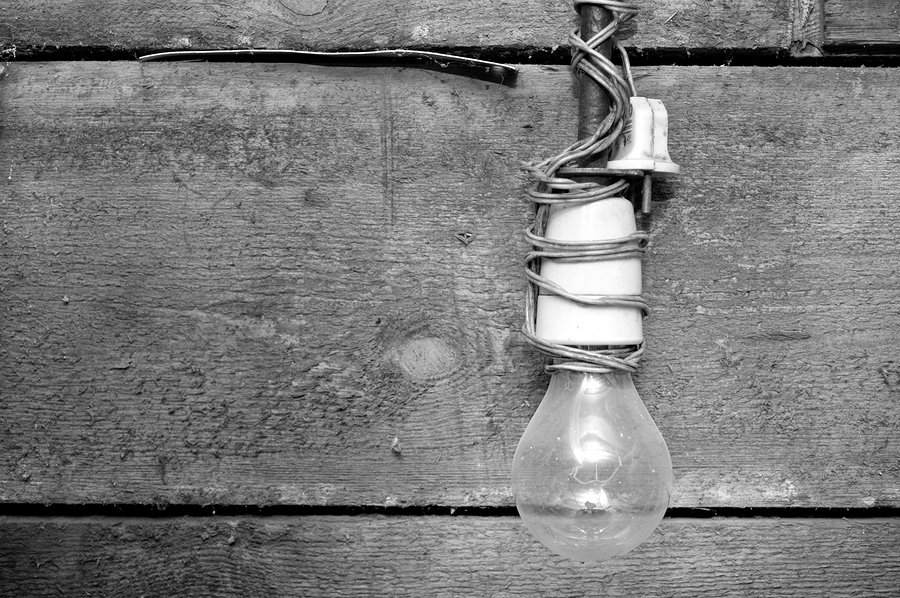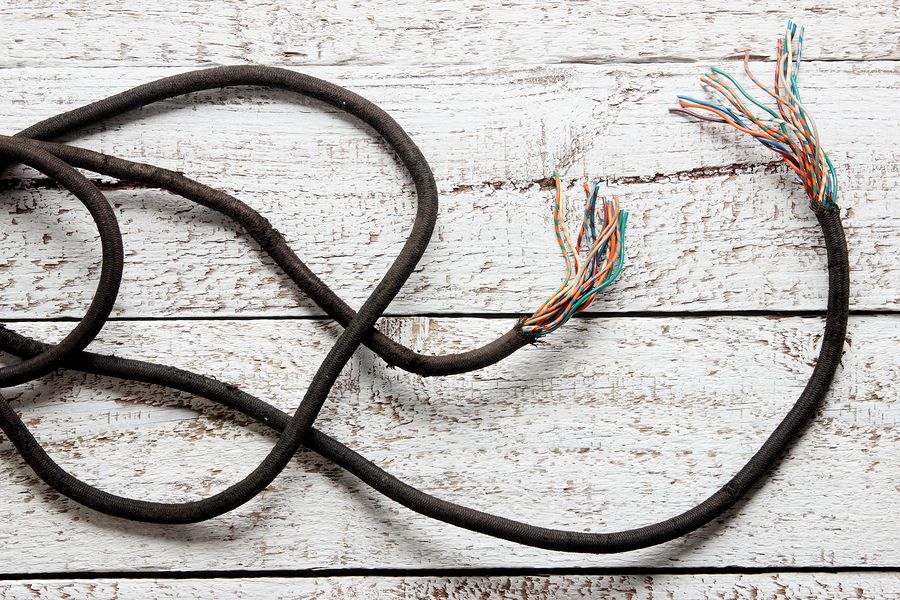“You get what you pay for.”
This simple phrase translates across every single industry, business, product, and purchase.
In particular, our electricians in Melbourne often see people making the mistake of opting for cheaper power fittings and appliances in order to save themselves a couple of dollars.
We get it: we love scoring a bargain. No better feeling than knowing you’ve saved money!
However, we can not stress enough that this is a mistake which will almost always end up costing you more money in the long run – not to mention, in many cases it’s plain dangerous too.
At R.E.S Total Electrical Services, we’re big on electrical safety.
We want our customers to be safe at all times, which is why we are so passionate about explaining the potentially disastrous consequences of going cheap with electrical fittings and appliances.
Why do cheap electrical fixtures or appliances cause more problems?
As Melbourne domestic electricians, we often get a lot of questions asking for electrical advice, particularly from our domestic customers.
These questions include the best brands to use for a multitude of electrical appliances and fittings.
In particular, a lot of people feel that it’s okay to use cheaper items as long as they get professionals to install them.
Unfortunately, this isn’t always the case.
Regardless of whether you have had an appliance or fixture installed professionally, or if you have DIY’d it – the fact of the matter is that a cheap fitting is susceptible to faults and poses a real threat in your home.
What causes electrical problems?
While there are a whole host of reasons for electrical faults in the home, in this blog post, we are focusing specifically on cheap fixtures and fittings powering up devices (as opposed to other electrical issues such as switchboard faults of damaged wiring).
In our experience, there are two major fittings that contribute to electrical faults: cheap powerboards and cheap power sockets. Each of these should function well, however cheap imitations are tempting to buyers, but can lead to hidden dangers down the road.
Don’t go cheap with powerboards
Powerboards are becoming more and more popular as our electricity usage grows.
Think about your kitchen bench alone. How many things do you have plugged into a single socket with the help of a powerboard?
- Kettle
- Toaster
- Coffee machine
- Phone charger
- Radio
That’s five items plugged into a socket designed to power one or two appliances.
How about in your office or study?
A computer? A printer? Speakers? A phone charger? Maybe even a second monitor?
We could go on, but we think you get the picture.
Circuits in older homes simply don’t have enough sockets for this many appliances. This has, in turn, made powerboards a necessity for our growing reliance on electrical devices.
Of course, since they’re going to be handling a lot of different devices, it’s important that your powerboards are capable of handling the extra load.
The best-case scenario, your electronics may experience disruptions – for example, your TV to cut out during the last five minutes of a close game of footy.
In the worst-case however, you might be left with overloading, and even an electrical fire!
Is it safe to use powerboards?
In most cases, indeed, using a power board as instructed is a great way to utilise multiple devices from a single power socket.
However, there are a few important rules you ought to follow, including purchasing a reliable, high-quality product.
Buying a powerboard? The dos and don’ts
Do:
- Buy a powerboard with surge/overload protection. Power surges are common throughout the day. While not usually something to be concerned about, a large surge can fry delicate electronics and wiring.
- Look after your powerboards. Place powerboards on their sides to keep dust out, watch out for frayed cables and ensure the area around is properly ventilated.
- Check the recall list. Check the ACCC website to check whether the powerboards you’re looking at are subject to recall because of faults or failure to meet Australian standards
Don’t:
- Stack powerboards. If you need sockets, whatever you do, don’t plug powerboards into each other, as this dramatically increases the odds of the first powerboard overloading.
- Plug high-wattage appliances into a powerboard. TVs, kettles, electric stoves, hair dryers… these are high-wattage appliances, and should be plugged into their own outlets wherever possible.
And finally, if you’re unsure, don’t hesitate to speak with our electrical contractors in Melbourne. We can offer you unbiased, professional advice to ensure safety and functionality when using all your favourite appliances.

Power sockets or receptacles
So powerboards and extension cords are out of the question – if you want a safe, lasting solution, we suggest calling a Melbourne electrician to install new electrical sockets and expanding your home’s electrical circuit.
Of course, for that, you’ll need to buy a new socket first!
When you go to the store to buy a power socket or receptacle, it’s very common for us to just to gaze over the prices and pick up the cheapest one we find.
As tempting as this is to do, it can actually cause you problems in the long run and end up costing even more money.
The more an outlet gets used, the more its pulled and pushed around – we’ve all seen receptacles that are partially hanging off the wall. We can pretty much guarantee that’s a cheap power socket.
You see, different quality sockets will hold up to wear and tear for different amounts of time.
A cheaper outlet is made of cheaper materials – and all too often, the factory will cut corners to bring the price down even further.
The result is a receptacle that is likely to come loose over time.
This will mean that you will have to replace your sockets and receptacles more often, which can cost quite a bit – not to mention, you open yourself up to electrocution and shocks too.
What are examples of electrical faults?
Some common examples of electrical faults include:
- Loose or damaged wiring in outlets and switches
- Broken circuit breaker or fuse
- Corroded or damaged electrical outlets
- Overloaded circuits
- Dimming and flickering lights
- Sparking, smoke, or smells from electrical outlets
- Electrical shocks
If you experience any of the above faults, it is important to call a qualified electrician for repairs. Never attempt to fix any electrical issues yourself. It’s illegal and dangerous.
Talk to a Melbourne electrician about plugs and sockets
So, you need professional domestic electrical services in Melbourne for electrical work in your home.
Why not ask your skilled tradie to also supply the plug or socket, too?
Stay safe at all times with a little help from our electricians
Electricity is no laughing matter – that’s why the law only allows licensed electricians to carry out electrical work.
However, keeping your home safe involves much more than the installation – you’ll also need to ensure that all the fittings and appliances are fit for purpose.
Are you looking for a local electrician to assess the condition of the electrical system, fixtures, and fittings in your home?
Or, need urgent repairs or support from an emergency electrician in Melbourne?
Look no further than R.E.S Total Electrical Services.
Our team of experienced electricians have a background in domestic, commercial and emergency electrician work.
Not only that, but our helpful, friendly team uses solely high-quality cabling, sockets and more – no cheap electrical fittings here!
Each of our experienced sparkies is:
- Licensed
- Qualified
- Registered with NECA
And, we’re available 24/7!
If it has a wire, R.E.S can help! Lodge a job with us online or give us a call on 1300 300 222.
About R.E.S
R.E.S Total Electrical Services & Data Solutions is a family-owned business operating across Melbourne and Bayside. We offer all types of commercial, domestic, and emergency electrical services, any time of the day or night! Call us at 1300 300 222 today. Our local emergency electricians are available 24/7!











